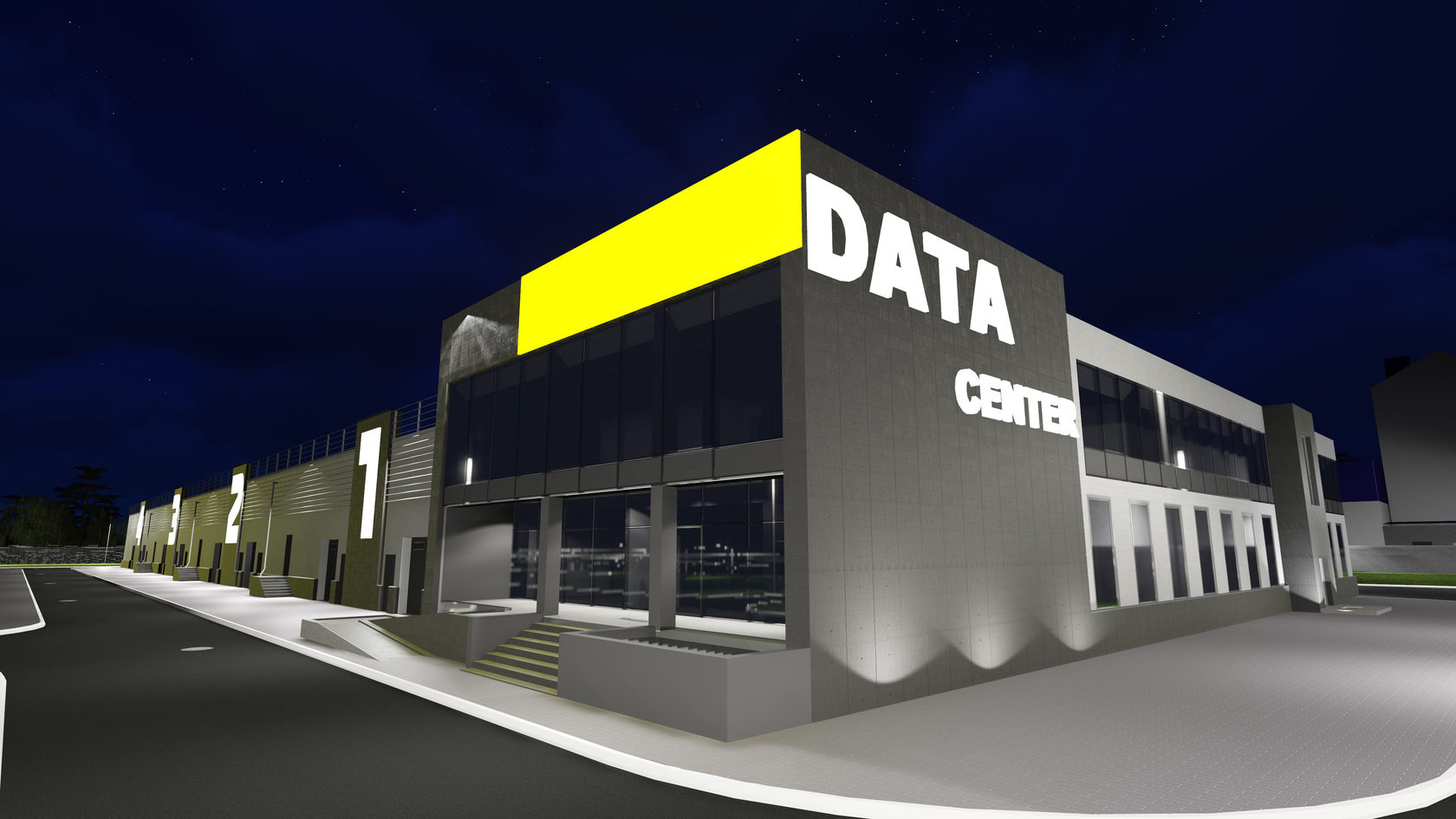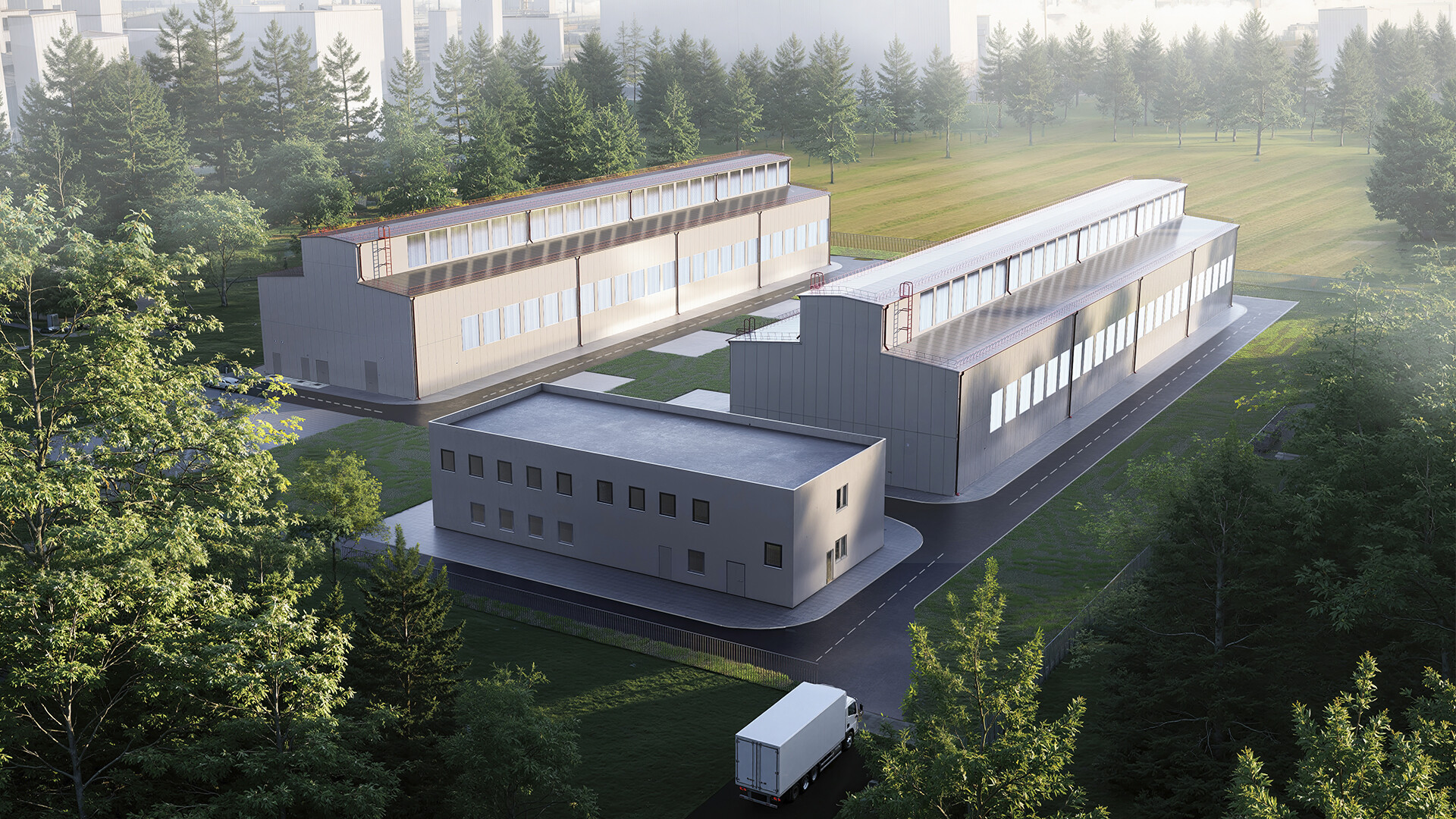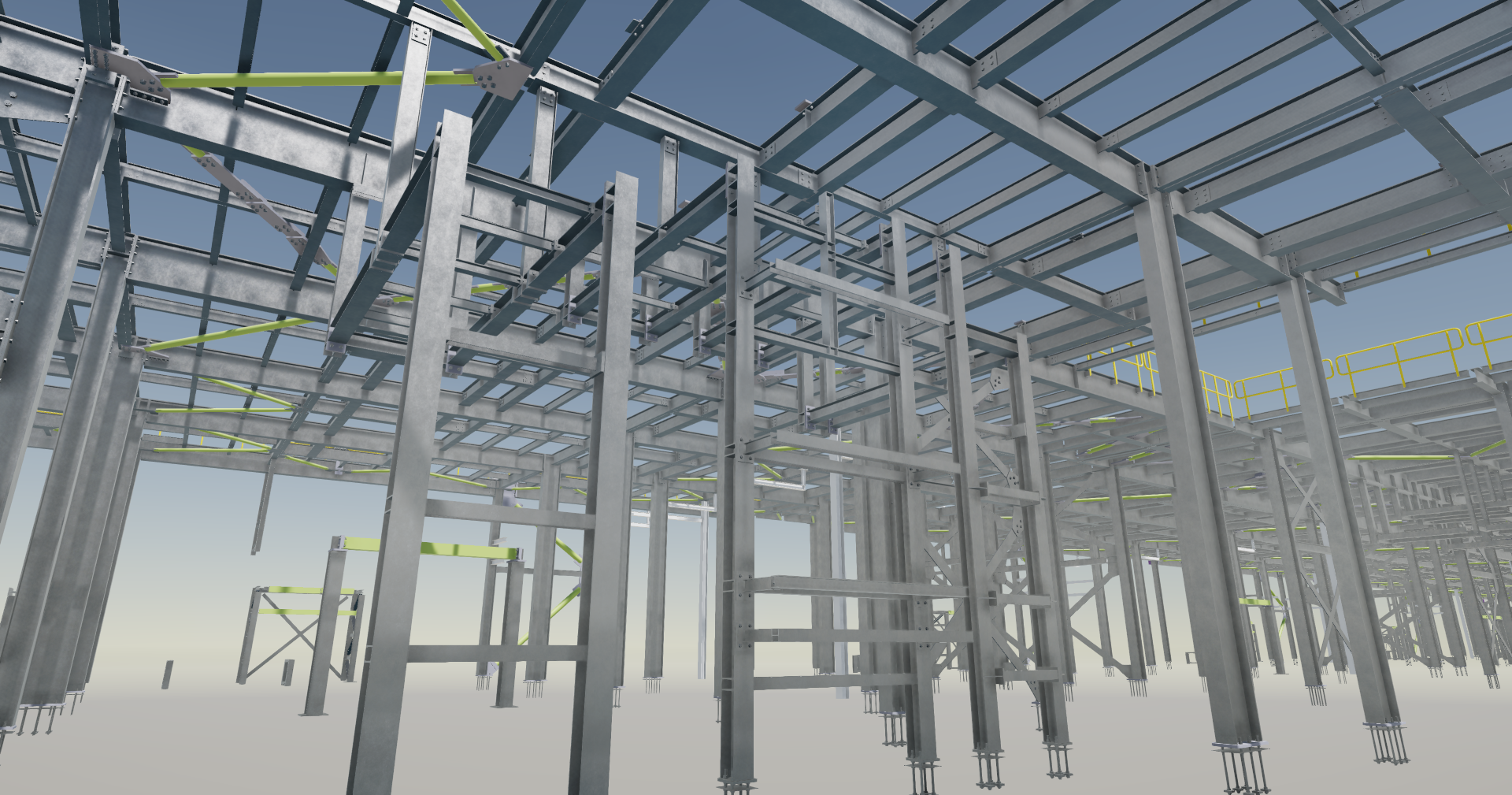Top 10 Expert Insights on Data Centre Design & Architecture Services
What Is Data Centre Design?
Data centre design refers to the strategic planning, architectural layout, and engineering processes involved in creating facilities that store, manage, and distribute digital information. A well-designed data centre balances performance, security, scalability, and energy efficiency - core factors for any enterprise relying on cloud computing or digital infrastructure.
Modern data centre architecture design has evolved beyond simple server rooms. Today’s facilities must accommodate high-density computing environments, hybrid cloud integration, and environmentally responsible construction. The ultimate goal? To ensure maximum uptime, optimal cooling, and future-proof capacity.
The Evolution of Data Centre Architecture
The concept of data centres dates back to the early days of computing, when organizations maintained mainframe rooms with large, heat-generating machines. Over the decades, design principles shifted from hardware-centric layouts to cloud-optimized and modular architectures.
With the rise of hyperscale operators like Google, Amazon, and Microsoft, data centre design services have become more sophisticated, integrating intelligent automation, renewable energy, and high-speed connectivity. The focus now lies in balancing performance, cost, and sustainability while supporting the explosive growth of data and AI workloads.
Core Components of Data Centre Building Design
At its core, every data centre building design incorporates five essential components:
-
Power Infrastructure – Uninterruptible power supplies (UPS), generators, and redundant power paths.
-
Cooling Systems – CRAC/CRAH units, liquid cooling, and airflow management.
-
Cabling & Networking – Structured cabling and fiber pathways for seamless connectivity.
-
Security Systems – Physical access control, CCTV, and fire suppression mechanisms.
-
Server & Storage Infrastructure – Racks, servers, and storage arrays supporting virtualized workloads.
Each of these components must be integrated in harmony to ensure operational efficiency and 24/7 reliability.
Key Principles of Effective Data Centre Architecture Design
Data centre architecture design is guided by a set of universal principles that define its performance and longevity.
Scalability and Redundancy in Design
A scalable design allows for incremental growth without costly overhauls. Redundancy, on the other hand, guarantees continuous operations during component failures. Together, they form the backbone of Tier III and Tier IV certified data centres.
Designers often apply modular architectures—allowing facilities to expand power, cooling, or compute capacity as business demands increase.
Energy Efficiency and Sustainability Practices
Energy efficiency is now a primary metric for evaluating data centres. Techniques like free-air cooling, hot/cold aisle containment, and renewable energy integration help reduce carbon footprints. According to the Uptime Institute, sustainability certifications such as LEED or ISO 50001 are becoming essential benchmarks for data centre building design.
Security and Compliance Considerations
Security is both physical and digital. From biometric access controls to advanced firewalls and compliance with ISO 27001 or GDPR, a well-designed data centre must safeguard against internal and external threats. Regular audits and penetration testing are critical for maintaining trust and compliance.
Data Centre Design Services Explained
Professional data centre design services provide organizations with end-to-end solutions, from conceptual design to commissioning and maintenance.
Design-Build vs Traditional Construction
The design-build approach consolidates architecture, engineering, and construction under a single provider, streamlining communication and reducing costs. Traditional models separate these functions, which can extend timelines but offer more control.
Design-build methods are increasingly popular for data centre architecture design because they reduce risk, enhance accountability, and accelerate project delivery.
Role of Engineers and Architects in Data Centre Design
Data centres require close collaboration between mechanical, electrical, and civil engineers alongside IT infrastructure planners and architects. Engineers ensure redundancy and performance, while architects focus on spatial efficiency and sustainability. This multidisciplinary synergy is what turns blueprints into high-performance data ecosystems.
Data Centre Building Design: From Blueprint to Reality
Every successful data centre starts with careful planning and environmental assessment.
Site Selection and Environmental Factors
Selecting the right site involves evaluating geographic stability, energy availability, and climate impact. Designers often avoid seismic zones and flood-prone areas. Proximity to fiber networks and power grids also plays a vital role in ensuring low latency and operational efficiency.
Infrastructure Layout and Space Optimization
Efficient layout design reduces heat buildup and enhances accessibility for maintenance. Using raised floors, rack zoning, and cold aisle containment strategies ensures smoother airflow and consistent cooling.
Data centre architects often simulate airflow and temperature using CFD (Computational Fluid Dynamics) tools to predict performance before construction begins.
Our Design Services for Data centres:
- Architectural concept
- Process Engineering & Piping
- Structural design
- HVAC
- MEP
- Electrical Engineering
- BIM









